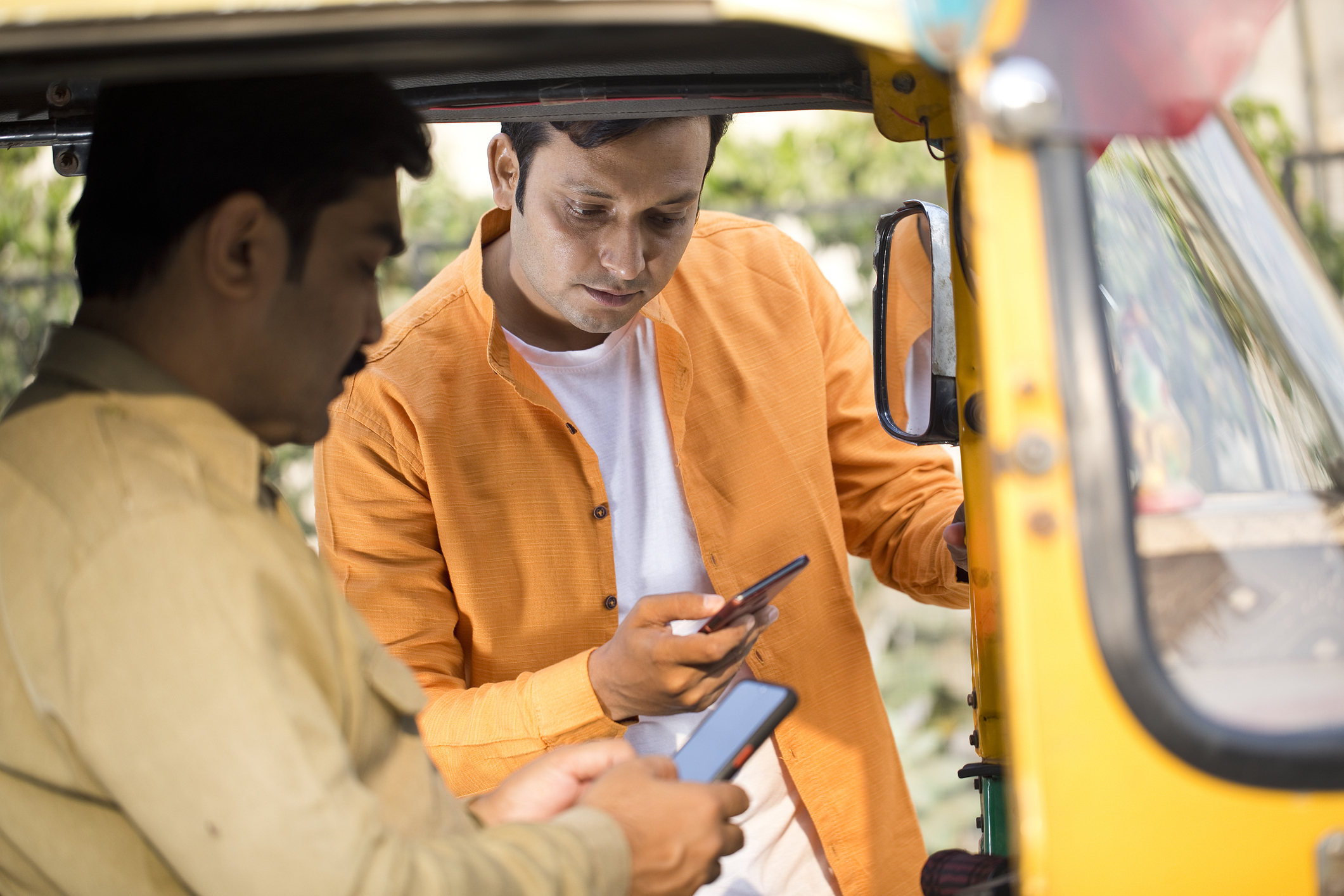In an era of free money transfers, here's how India's banks will remain indispensable
October 8, 2022 | By Sandeep Malhotra
A digital economy requires digital payments. While this is true everywhere, India stands out as a world-class example for having developed the account-based payments infrastructure to ensure as many people as possible have access to instant, easy payments directly from their bank account. All they need is a mobile phone.
The numbers speak for themselves. In the month of August 2022, India’s UPI payment system recorded 658 crore (6.58 billion) transactions, amounting to INR 10.7 lakh crore1, or close to USD 13.3 billion. While this rapid surge is creating new imperatives for businesses like banks that traditionally depended on transaction fees, it is also creating new relevancy for those that adapt and evolve with the times.
Here’s one way that banks and financial institutions can seize the initiative alongside technology partners like Mastercard that can help them to rewrite the rules of how Indian customers can pay and get paid.
Reimagining the Role of Banks
Most importantly, we must preserve the convenience and zero cost that customers love, while carving out a valuable, indispensable role for banks and fintechs. Can such “value add” be safe and simple for customers?
Absolutely – here’s how.
First, account-based payments are currently catering to small ticket transactions. Anyone who wants to make a larger payment must go… you guessed it – to their bank! What if banks enabled zero-fee, seamless transfers in larger denominations?
Second – and this is important – the bigger the customer’s digital footprint, the greater their exposure to fraud. To keep them safe with minimal disruption, banks and payment companies continue to invest in security measures like biometrics, such as thumbprint and facial recognition, so customers don’t need to remember an endless stream of passwords and PINs. Biometrics are unbeatable. Even personal data is secure. But this is not the case for all digital wallets.
In fact, safety doesn’t even have to be about fraud or leaked information. It can be as simple as: how does a customer get a refund from a merchant if there’s a billing mistake, or if the goods they buy are defective? If someone pays via a digital wallet, the money is instantly moved into the merchant’s wallet. The customer’s only recourse is to hope the merchant will be willing to compensate them.
But what if there was a way to leverage digital payments to provide an even better customer experience? Going cashless doesn’t mean an end to facilitating payments. Quite the opposite!
Enhancing Safety and Choice
To help people use digital payments safely and easily, Mastercard has developed a solution to transform a digital payment into a transfer between a current account and/or savings account using a card-processing network.
With this solution, customers use a virtual debit card or prepaid card that they access inside their bank’s mobile app. When they pay with their bank’s app, the card facilitates the transaction by linking the customer’s bank account to the merchant’s account. Importantly, this opens up a world of options for accountholders, giving them instant access to millions of merchants across the world who accept cards.
And while this may sound familiar, it is not a traditional credit or debit card transaction. It is a mobile payment made via the bank’s app, just like customers are used to. And while the customer still pays nothing in fees, using a virtual debit or prepaid card provides additional benefits and choices.
For one, customers can fit their payments to their lifestyle, using the bank app physically at a store using Tap & Go, or via a QR code, or at the checkout page of an e-commerce site. And they can do so around the world, not only in India.
In addition, this versatility would expand the use cases that digital payments can cover – online shopping of course, but also subscriptions to a TV streaming service, gym memberships (or other recurring payments), hailing a taxi or taking public transportation, to name a few.
What’s more, customers would enjoy the safety and security that comes with protections against fraud or billing errors.
And finally, customers may gain access to an issuing bank’s loyalty reward programs, spending vouchers, and other perks.
The best part? Mastercard is ready today to help banks make all of this a reality.
We’re especially optimistic because the country’s booming digital economy is creating space for further innovation. This virtual card based solution presents a golden opportunity for India’s banks to develop trusted new products and services, stay engaged with their customers, and remain an indispensable part of their financial lives.
By working together with Mastercard, banks can make digital payments simpler, safer, and more widely accepted. We look forward to collaborating with you to accelerate India’s drive to go cashless, grow the digital economy sustainably, and support the government in making Digital India a reality.
There’s never been a better time to partner, experiment, and build for the country’s bright future. Let’s do this.
